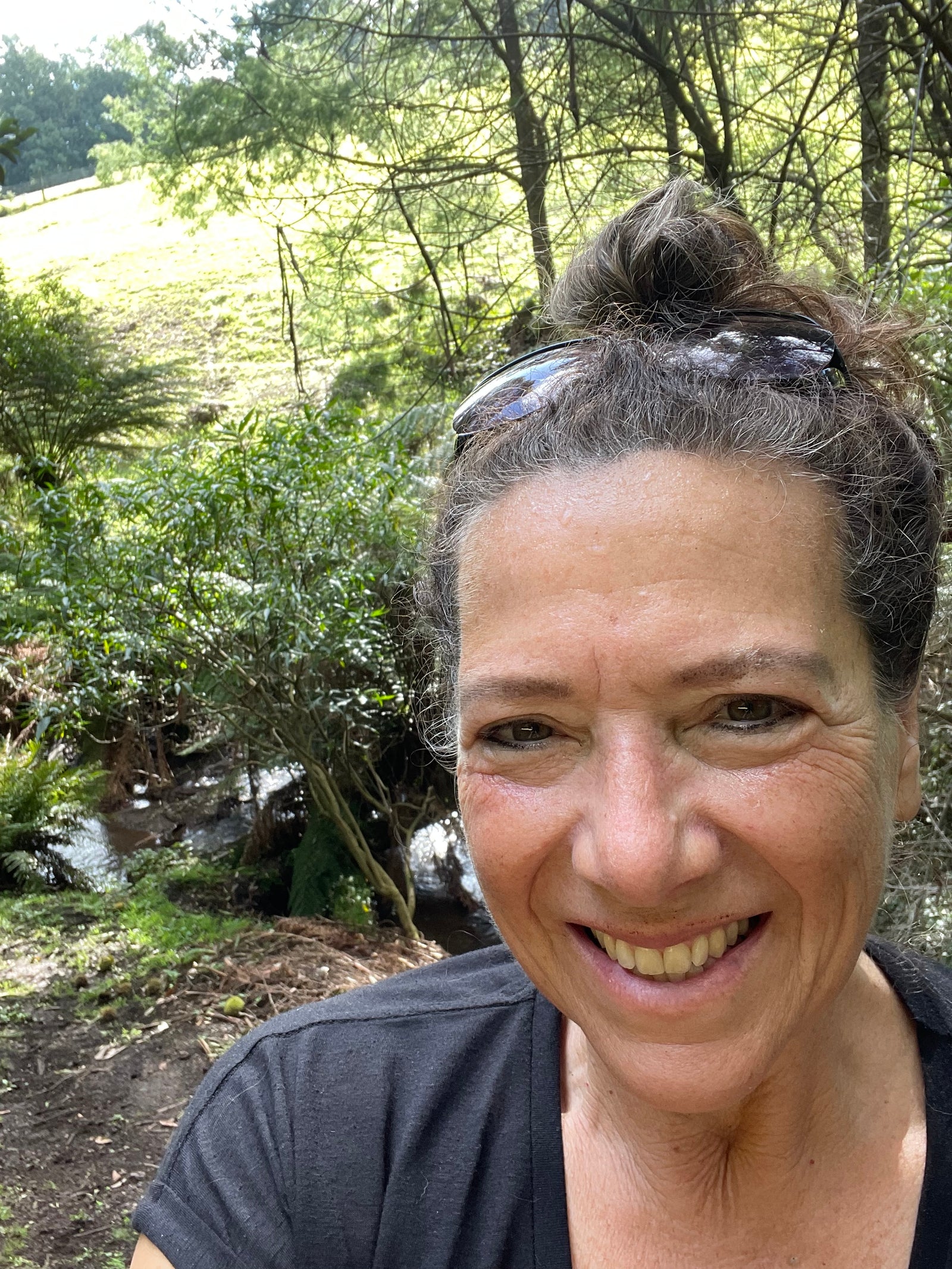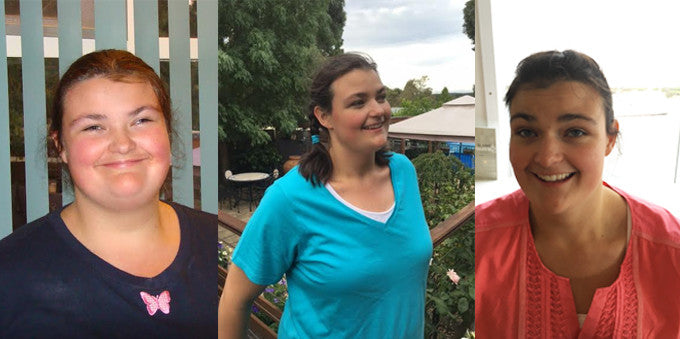Neonatal nurse Nicole Francillon suffered from severe pain for decades before getting her endometriosis diagnosis – from dismissive doctors to the normalisation of female pain, the 43-year-old reveals the hurdles she had to leap across to receive that much-needed medical support.
The nurse was in her early teens when her endometriosis symptoms began – she says they’ve long been severe and interfered with her school life.
“Since I started my periods at 14, they were always horrendous,” she says. “Heavy bleeding (with huge clots) and pain. I would also get a very upset tummy every period time.
“It was so bad at high school I wouldn't go when it was period time and I would do my work roster so I would be on days off at that time.”
A lack of support for chronic pain in the workplace is widespread among women with endometriosis, with research showing a whopping 1 in 6 women with endometriosis have had to leave a job to manage debilitating pain, while the majority of women in the study revealed the condition had a significant impact on their working life. To make matters worse, Nicole – like countless women – had her pain brushed off as normal, despite the fact that it interfered with her quality of life, her work and her health.
“I was always told that having heavy periods and pain was part of being a female. Was always just told to try different pills etc,” Nicole says. “At 34 I got the Mirena for the first time and that was fantastic, no more heavy bleeding.”
Despite all of her experiences with the medical system, not once was the nurse spoken to about endometriosis or the possibility of a reproductive disease.
Nicole isn’t alone here – the diagnosis process for endometriosis is dismal, with it taking an average of between 4 and 11 years for people to receive their diagnosis. The worst part? Up to 6 in 10 cases are left undiagnosed. That’s 60% of women with endometriosis who aren’t receiving treatment or support – and it’s hardly surprising considering the brush-off so many women like Nicole receive.

“No one had mentioned that I could have endo,” she says. “My diagnosis was an incidental finding.”
It was only after the 43-year-old went to the emergency department with agonising abdominal pain when she was 38 – she initially believed it “may have been appendicitis”, but the results showed something else entirely.
“On scans it showed I had a very large cyst. Due to me having private health (not sure if it would have happened so quick if I didn’t) I was booked into having the cyst drained a week later,” Nicole says. “I was booked in for surgery 1st thing in the morning expecting to go home that afternoon. When I woke up in recovery it was to the gyno telling me it was a lot more involved that she thought.”
The nurse was then told she “had stage 4 endometriosis” that had spread all over her bowels. Her visit turned into an overnight stay that turned into a 6-month treatment course to trigger medical menopause.
For decades, Nicole suffered with debilitating symptoms that destroyed her quality of life and interrupted school and work before she was finally diagnosed. So many women are left to this same fate of late diagnosis and poor treatment from the medical system, often fed the same lines around chronic pain being “normal” for women.
“I had always been told pain is part of being female and was just offered hormonal meds to help with the bleeding,” the nurse says.
But things started to turn around for Nicole – despite a number of fertility setbacks, she was able to conceive.
“I was classed as infertile at 40 when my husband and I were trying for a baby. After 3 failed rounds of IVF where I didn't even make it to egg collection as made none,” she says. “I ended up getting a donor egg from my younger sister.”
Now Nicole is the mother of an 18-month-old son.

For so many women, it takes a separate health incident to get that endometriosis diagnosis. Nicole herself encountered a number of people who only learned of their condition after having issues with fertility.
“I know so many women that have only been diagnosed when they either fail to fall pregnant or they have cysts that need drainage,” Nicole says, adding, “Symptoms can be different for different people. Some have pain and heavy bleeding others have no symptoms at all.”
Keen to hear more women’s experience with endometriosis? Have a read of Clara’s story HERE and learn all about the lesser-known cousin of endo with Sara’s story HERE.






Leave a comment (all fields required)